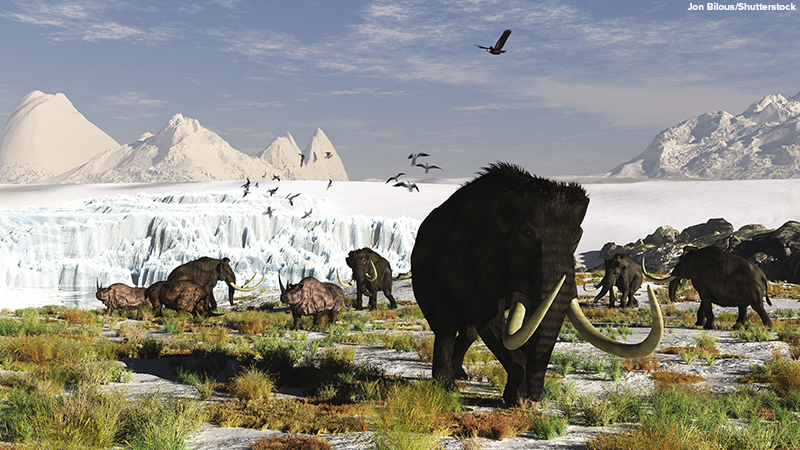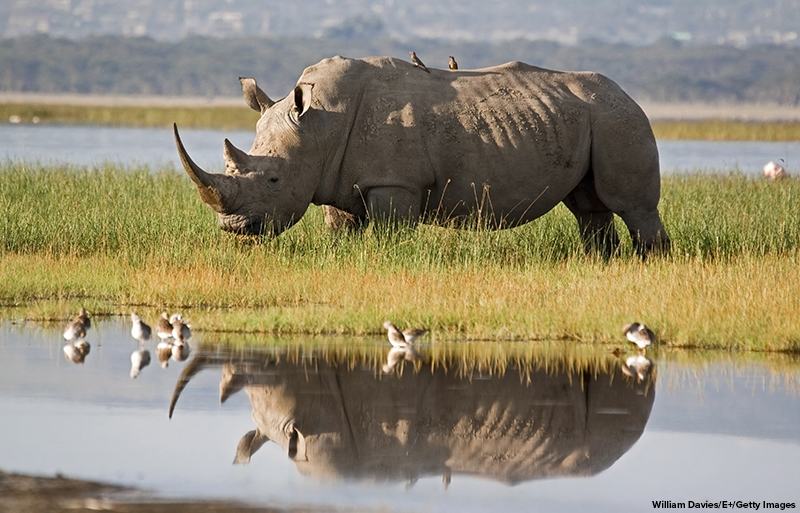
Imagine a rhinoceros that is: six feet tall and sixteen feet long; is covered in fur; and has a horn the length of a human child. That’s the woolly rhino–a creature that roamed northern Asia during the Ice Age, tens of thousands of years ago. Recently, a very rare woolly rhino fossil specimen was discovered in the Russian permafrost. Here, btw takes a closer look at this discovery and why it is so important.
What Was the Woolly Rhino?
You may be familiar with the woolly mammoth, which was the largest herbivore (plant eater) to live during the Ice Age. The woolly rhino was the second largest known herbivore. It became extinct about 10,000 years ago, at the end of the most recent Ice Age. It’s likely that these animals disappeared due to a combination of climate change, human hunting, and habitat loss.
The woolly rhino was different from the modern-day rhino in more ways than just size. It had a large, five-inch fatty hump on its back. According to scientists, this is something commonly seen among Arctic animals. It was probably a way for the rhino to store energy that it would use in the winter when other food was hard to find. The woolly rhino also had two horns, just like some of today’s rhinos do (depending on the species). But while the horns of today’s rhinos are rounded, the woolly rhino’s were large and blade-shaped–and more than three feet long.

A Rare Find
The woolly rhino fossil was discovered in the Russian permafrost, where it has been preserved for more than 32,000 years. Permafrost is ideal for preserving ancient creatures because of the cold, dry conditions. But even so, circumstances must be perfect for an animal to be preserved successfully. It must die and then be quickly buried in ice and snow; if it stays out on the surface too long, it will be eaten by predators. So far, only a handful of woolly rhino fossils have ever been found, making this one a rare treasure.
This specimen is also unusually well-preserved. Most fossils are just teeth and bones. But this one actually has its horn, soft tissues, skin, and fur intact. However, after 32,000 years, it has suffered some wear and tear. The left side of it looks like it must have been eaten by predators at some point. Most of its intestines are missing.
Even so, scientists can tell a lot about the animal from its remains. It was a full-grown adult, and it died when it was four years old. Its fur was light brown, with a lighter, softer layer underneath. From this, scientists have learned that young woolly rhinos likely had light-colored, blonde fur that became darker and coarser as they grew older.
Why It Matters
This discovery will help scientists learn more about woolly rhinos, including their diet and living conditions. It can help provide a glimpse into what the climate and plant and animal life was like during the last Ice Age. And it may also help them to learn more about other large animals of the same time period, such as the woolly mammoth.
